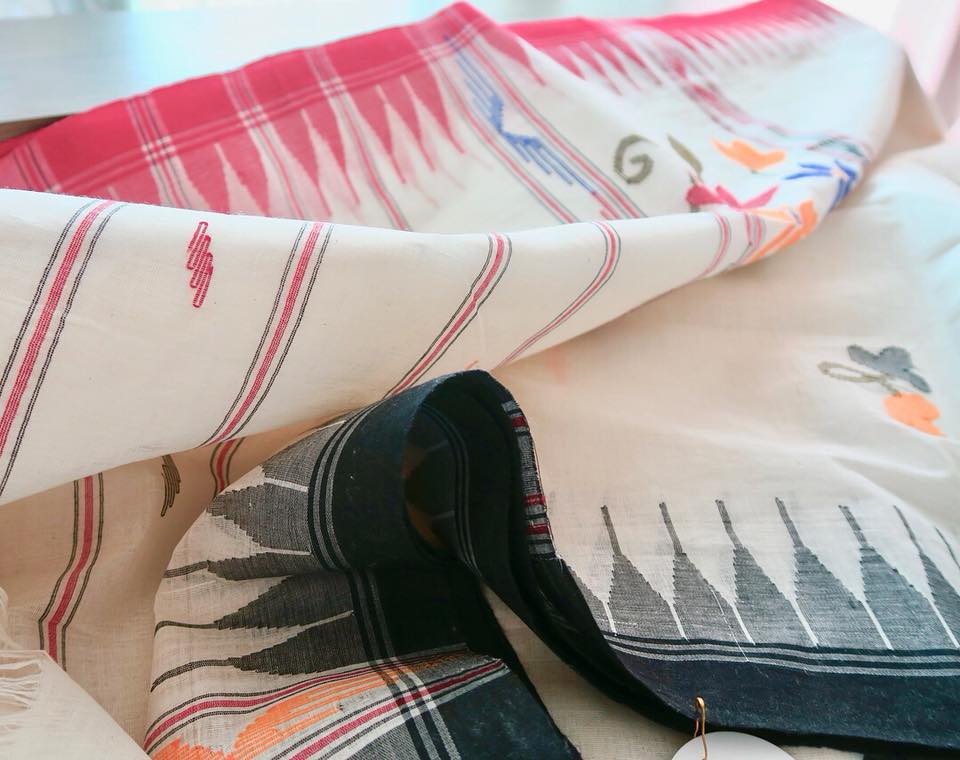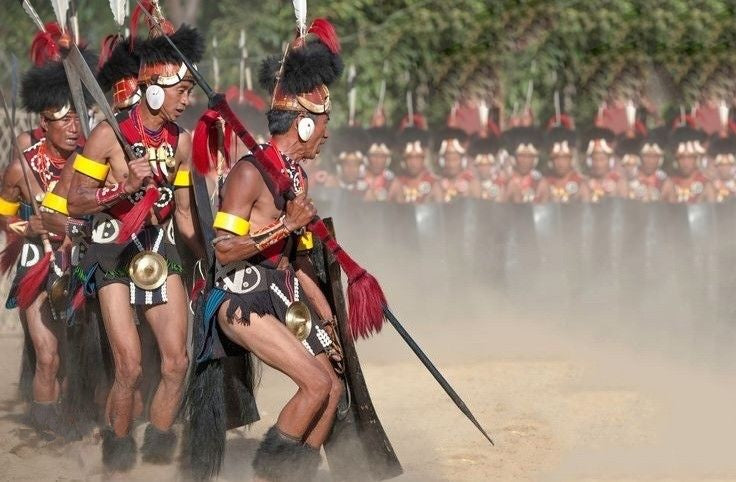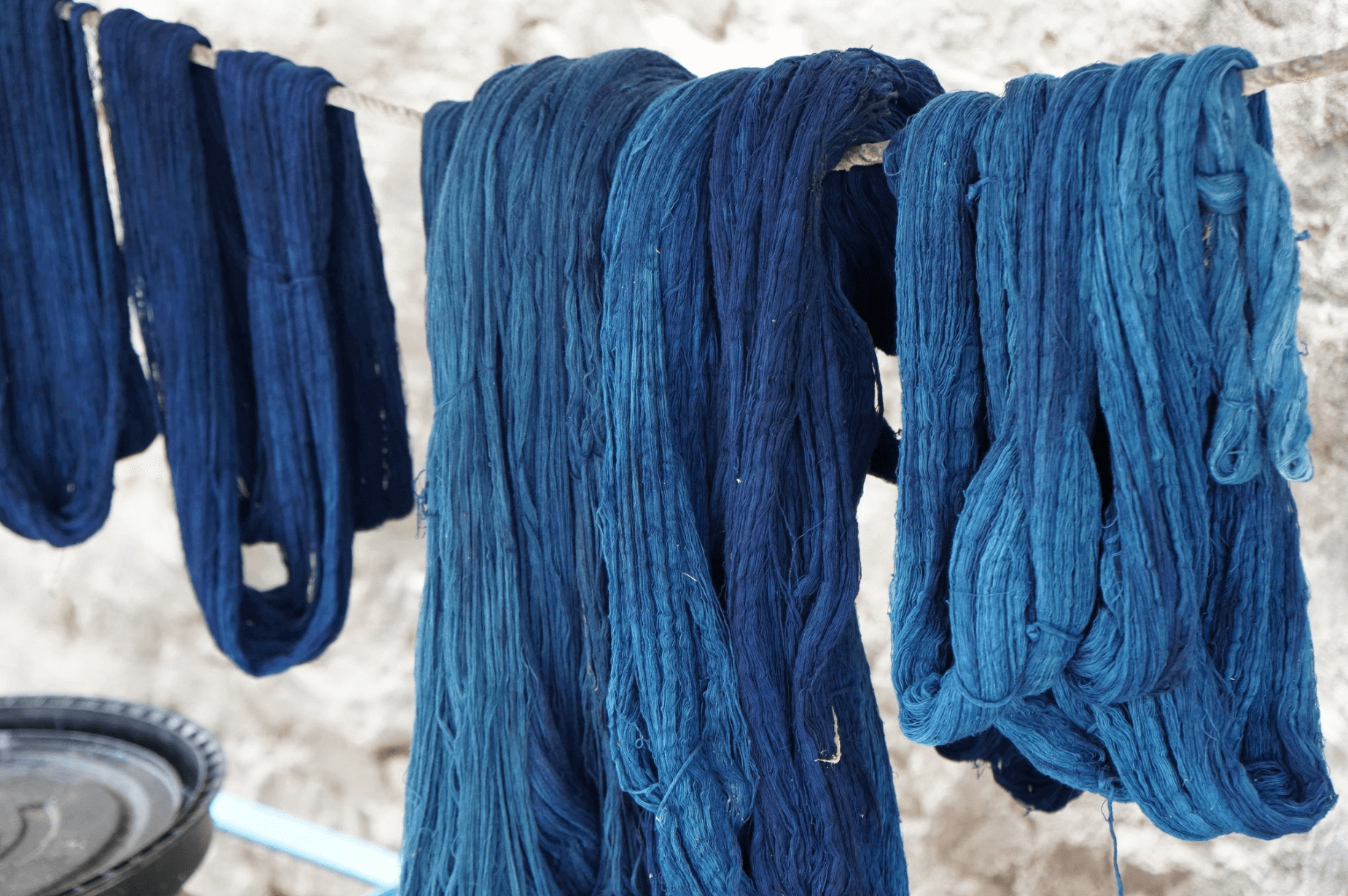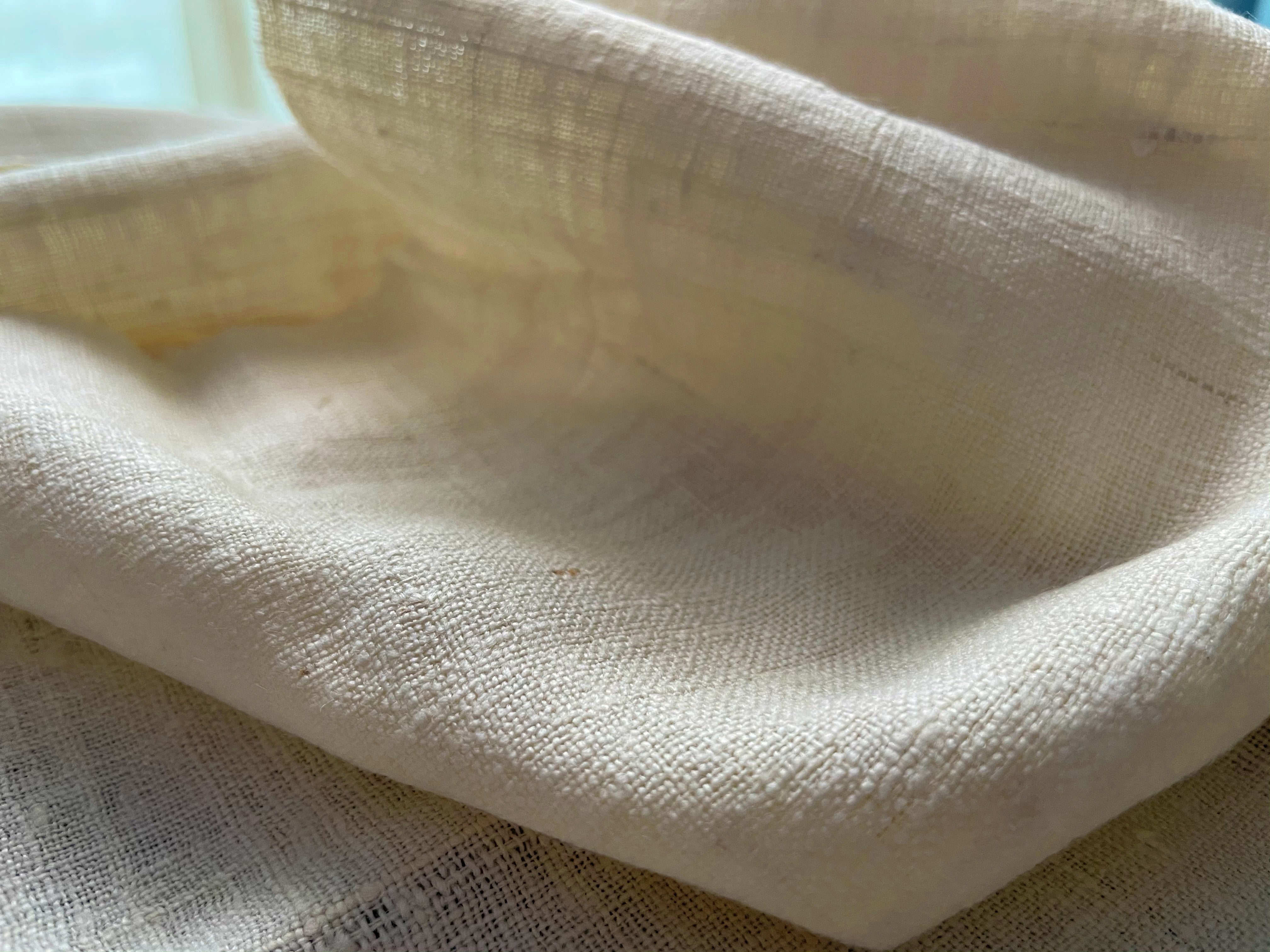Why Every Wadrobe Needs a Moirang Phee

Three Manipuri textile products had been given the Geological Indications GI tag in 2014, one amongst them is the Moirang Phee. The highlight of these textile fabric is the specific design, called the MoirangPheejin, which is woven sequentially on both longitudinal edges of the fabric and oriented towards the center of the cloth, with cotton or silk threads.
It is widely believed that Moirang Phee was initially woven in a historical village called Moirang, located 46 kilometres from Imphal, the capital of Manipur. There is a mythological story associated with Moirang Phee - King Meidingu Loiyumba assigned the task of weaving of Yarongphi (local name for Moirang Phee) to Moirang villagers It was made by the villagers to gift the designed fabric as a tribute to the Meitei rulers, the then royal family of Manipur. In recent history, the place is famous for unfurling the INA flag in 1944.

The design of MoirangPheejin is stated to represent the thin and pointed teeth of the Pakhangba, the Pythonic god in Manipur mythology. This motif, arranged in varying steps, on the longitudinal border of the main fabric woven during the first stage, has a sharp edge at the top and is woven sequentially to give an aesthetic appearance to the fabric. The triangular shaped design elongates on odd number of steps (such as 3, 5, 9,11and so forth) towards the center of the cloth on which it is woven, and is parallel to weft threads. This design is made to suit the fabric such as sarees, stole, sarongs and skirts.
Both cotton and mulberry fibres are used to make Moirang Phee fabrics. The local fibre is spun into threads and then dyed using plants and bark, the dyed yarn is then rice starched. The fabric, woven by women in two stages, is made using loin loom or throw shuttle and fly shuttle loom.
Technicalities aside, these beauties are a must-have for every handloom enthusiast. As with most other North East designs, Moirang Phee sarees are also inspired by the flora and fauna of the region. So delicate, they make you wonder at the dexterity of the fingers that weave them!




